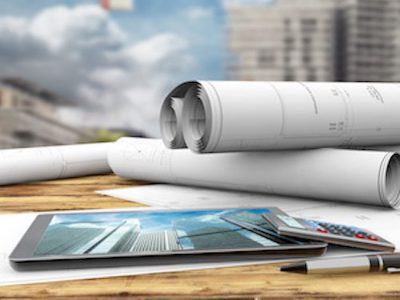
What Goes Into a Successful Construction Project?
Consider three key elements that create the framework for a successful design-build construction project.
1. Contract Alignment
Too often, there are misaligned incentives in construction contracts that lead to misaligned efforts. The question is: are you incentivizing the right elements?
- The contract needs to be structured to support the full project delivery. Specifically, incentives to optimize the inter-team coordination, not just the sub-project elements.
- Attention to flexibility: design in, and implement the ability to cost-effectively make changes that are ever-present in the life of complex high-tech facilities.
- Include incentives to conduct “First Time Right” quality.
The design-build entity is also responsible for establishing teams and selecting contractors that support the plan and are committed to strong communication and coordination.
The approach needs to specifically address:
- Workflow Structure: tactical (daily, weekly workflows) and strategic (inter-team coordination, plan adjustments for normal variations, risk identification methods).
- Team organization and communication methods.
- Lean processes to identify, discuss, and remove waste in the workflow.
- Simple KPIs that support teamwork, not silos.
The workflow should be structured in-line with the contract that together reflects aligned incentives and risks.
The teams can then be organized around the structured workflow, and create processes to optimize productivity and eliminate waste.
KPIs should be established to track and measure performance, but they need to be checked for simplicity, direct, and actual progress, and most importantly, whether there are inherent conflicts set up with the measurements.
2. Organize for Workflow
Performance is impacted by the ability to support each of the four critical pillars in a construction project.
- Skills: Are the right skills available to execute tasks on a First Time Right basis?
- Space: Can the people get to the work space to do the work (smart logistics)?
- Communications: Is there the right coordination and communication strategy to address the constant (and normal) variations in the field? To perform the required tasks?
- Materials: Are the necessary materials available through proper coordination (smart logistics)?
Too often, blame-shifting and finger-pointing is common when logistics and coordination are compromised.
The project is then supported by a structured workflow that follows the plan and allows for planning and coordination to address unforeseen challenges. This leads to optimized performance in each phase of the project.
KPIs can be simple and track productivity in real-time when the four partners of a project are supported:
- People: Are workers executing their tasks on a First Time Right basis, or do they need additional support?
- Tools: Are machines being made available, or is there waste from downtime and slowdowns that needs to be eliminated?
- Methods: Are people and machines being routed correctly, or does there need to be more effective communication?
- Materials: Are materials readily available for use, or are teams not coordinating the availability of materials?
Establishing KPIs in a manner that tracks the inter-team coordination and productivity enables a more effective means to identify areas that need additional support and continue supporting productivity.
3. Coordination and Communication
The success of a design-build construction project is directly tied to the effectiveness of coordination and communication.
– In the pre-planning phase, the construction plan, workflow, processes, and KPIs need to be communicated to all stakeholders.
– During the actual construction, the plan and measurements should indicate how well coordination is executed for workflow and processes.
When communication and coordination are aligned to support the project — not the individual needs of entities in the traditional construction approach — then productivity flourishes to continue supporting the cost and schedule.
It is the overall productivity of the project that is more important than the productivity of the individual teams, and the teams may be sub-optimized to optimize the whole project.
How AMTS Supports Design-Build Construction Projects
AMTS is committed to supporting each key element of a design-build construction project. Our underlying message to support each element is simply this: do the right thing.
We strive for a balanced and aligned workflow, we support the four partners of performance to drive productivity, we are deeply committed to strong communication and coordination, and we achieve organizational and operational alignment before we start a project.
To find out how we can support your next design-build construction project, contact our team today. We look forward to hearing from you.

